In-Person vs. Telehealth Therapy: A Balanced Look at Their Pros and Cons
The world of therapy has expanded considerably in recent years. Traditional face-to-face sessions are now complemented by telehealth therapy, which utilizes technology to connect therapists with clients. As with anything, both modalities have their strengths and challenges. Let's delve into the pros and cons of in-person and telehealth therapy to help you decide which might be the best fit for you.
In-Person Therapy
Pros:
Human Connection: Being in the same room allows for a palpable human connection, fostering trust and rapport. Non-verbal cues like body language can be easily interpreted, enriching the therapeutic experience.
Structured Environment: The routine of physically attending sessions can create a structured environment conducive to healing.
Access to Comprehensive Tools: In-clinic resources like biofeedback machines or art therapy supplies are readily available.
Cons:
Less Flexible: In-person sessions require commuting, which might not always be convenient.
Availability: Finding a nearby therapist with expertise in a specific area might be challenging, especially in remote areas.
Privacy Concerns: There's always the potential of running into someone you know at a therapist's office.
Telehealth Therapy
Pros:
Convenience: You can access therapy from the comfort of your home or any private space. This can be particularly advantageous for those with mobility issues or those living in remote areas.
Wider Access: Telehealth opens doors to therapists outside your immediate locale, allowing for more specialized care.
Flexibility: Scheduling can be more flexible, with some therapists offering sessions outside traditional hours.
Cons:
Technology Challenges: A stable internet connection is crucial. Technical issues can disrupt sessions, potentially affecting the therapeutic experience.
Limitation on Non-Verbal Cues: Even with video calls, some subtle body language cues might be missed.
Environment Control: The therapist has less control over the client's environment, which could affect the session's efficacy, especially if there are distractions.
Conclusion
Both in-person and telehealth therapy have their unique advantages and challenges. The best approach often depends on individual preferences, needs, and circumstances. Some people even find a blended approach, alternating between in-person and telehealth sessions, to be the most beneficial.
It's essential to discuss any concerns or preferences with potential therapists to ensure you get the most out of your sessions, whether they're held in a cozy office or over a video call. Whichever mode you choose, the primary goal remains the same: facilitating growth, understanding, and healing.

